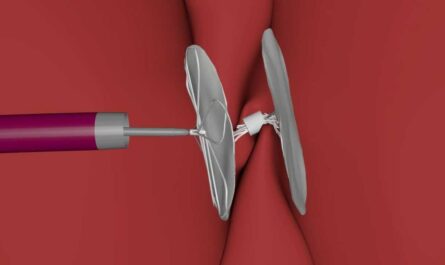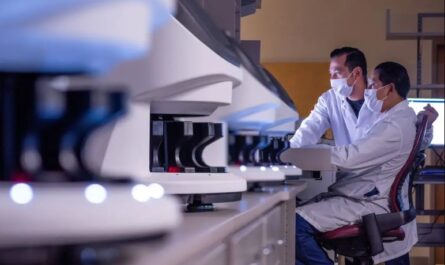
Operating rooms have come a long way from their manual origins. Advancements in technology have transformed ORs into highly integrated systems centered around patient care. As technology continues to rapidly progress, the future of OR integration looks brighter than ever.
The Current State of OR Integration
Today’s modern ORs utilize a wide array of interconnected medical devices and technologies to support surgical workflows. Devices like endoscopes, microscopes, surgical lights, cameras and displays are integrated with audio/video systems, patient monitoring equipment and hospital information systems. This allows surgical teams to access and share crucial patient data, images and video in real-time during procedures.
OR integration platforms act as the central hub, connecting all integrated systems through a common interface. This consolidated approach eliminates disjointed equipment and streamlines surgical workflows. Anesthesia machines, EMR/EHR systems and building controls can all be monitored and adjusted from a single control panel. Integrated ORs improve efficiency by reducing set-up times between cases and minimizing disruptions during surgery.
Advancements in Imaging and Visualization
Medical imaging and visualization technologies play a pivotal role in modern surgery and their integration has unlocked new capabilities. Endoscopic cameras, microscopes and 3D scopes provide high-definition views of the surgical site. Integrated displays throughout the OR allow surgical teams to collaboratively observe these magnified views from any position in the room.
cutting-edge ORs are beginning to incorporate augmented and virtual reality. Using these technologies, pre-operative scans can be digitally overlaid directly onto the surgical field. Surgeons can precisely “see inside” the patient in real-time. This improves navigational accuracy and reduces invasive procedures. AR/VR also enables remote proctoring and training by overlaying an expert’s view atop a trainee’s live case.
Artificial Intelligence and Robotics
With AI and robotics increasingly penetrate health care, their integration in ORs will change the landscape of surgery. AI image recognition algorithms can analyze scans, biopsies and intraoperative videos, aiding rapid diagnosis and detection of anomalies. Surgical robots with integrated visualization and instrumentation promise enhanced precision, tremor filtration and minimally invasive access.
As AI incorporation advance, we may see “digital assistants” integrated into OR workflows. Powered by real-time data feeds, these AI systems could monitor vitals, flag abnormalities, retrieve information on demand and even provide surgical guidance or second opinions. They aim to reduce human error and support clinical decision making. Likewise, further robotics integration may enable remote or autonomous surgeries over vast distances through teleoperation.
Cloud Integration and Beyond
The rising adoption of cloud technologies in healthcare heralds a future of ubiquitous OR integration. Digital medical records, scans, protocols and device data residing in the cloud could be instantly accessible from any wired OR. Surgeons would have all patient information at their fingertips regardless of location. Post-operative documentation and billing could also be streamlined through cloud services.
Perhaps one day in the not-so-distant future, surgical optimizations based on large datasets may drive truly customized “digital ORs”. Pre-populated with a individual’s history and genomic profile, these smart ORs could automatically configure themselves for optimized procedures. Integrated technologies working in harmony with artificial assistants may even enable solo surgeries conducted entirely by robotic means.
While such a future may seem like science fiction, rapid technological growth makes it an increasing possibility. Through continued innovation and integration, upcoming advancements will undoubtedly transform operating rooms into immersive, digital surgical suites tailored for each unique patient. The operating room of tomorrow is poised to take surgical precision, safety and experience to all new heights.
In summary, integration has revolutionized the modern OR by connecting an array of technologies focused on patient care. As imaging, AI/robotics and cloud capabilities progress hand-in-hand, future ORs will achieve levels of optimization, customization and effectiveness far beyond what we can imagine today. Surgery is being reinvented before our eyes through integration pushing the boundaries of digital medicine. The future for both patients and providers has never looked brighter.
*Note:
- Source: Coherent Market Insights, Public sources, Desk research
- We have leveraged AI tools to mine information and compile it


